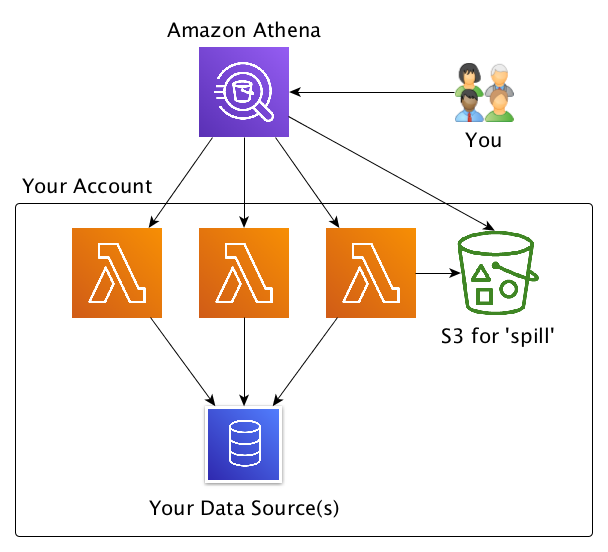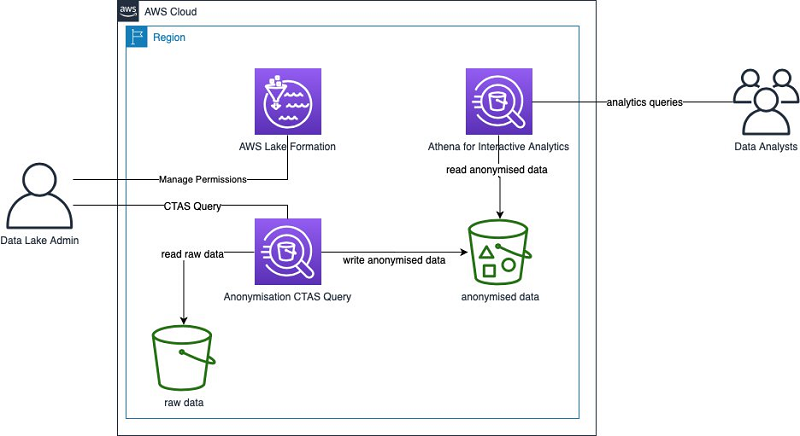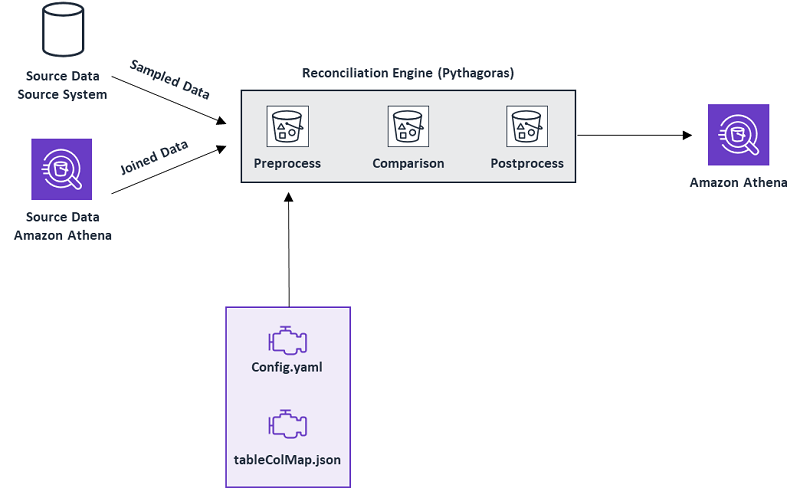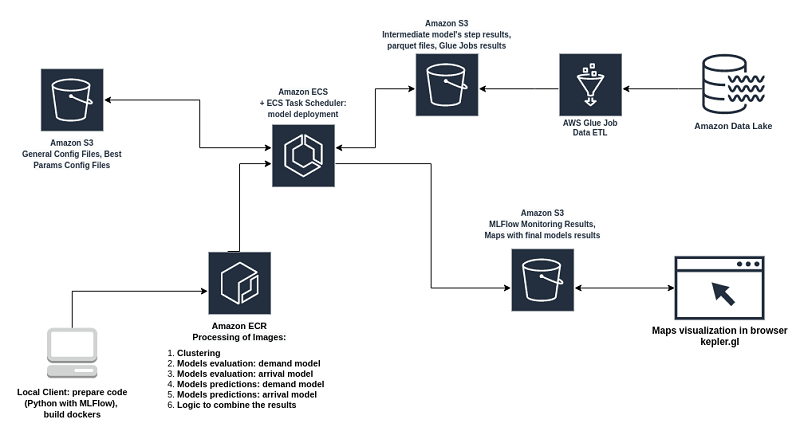AWS Big Data Blog
Category: Amazon Athena
Extracting and joining data from multiple data sources with Athena Federated Query
With modern day architectures, it’s common to have data sitting in various data sources. We need proper tools and technologies across those sources to create meaningful insights from stored data. Amazon Athena is primarily used as an interactive query service that makes it easy to analyze unstructured, semi-structured, and structured data stored in Amazon Simple […]
Automating bucketing of streaming data using Amazon Athena and AWS Lambda
August 30, 2023: Amazon Kinesis Data Analytics has been renamed to Amazon Managed Service for Apache Flink. Read the announcement in the AWS News Blog and learn more. In today’s world, data plays a vital role in helping businesses understand and improve their processes and services to reduce cost. You can use several tools to […]
Configure and optimize performance of Amazon Athena federation with Amazon Redshift
This post provides guidance on how to configure Amazon Athena federation with AWS Lambda and Amazon Redshift, while addressing performance considerations to ensure proper use.
Enhancing customer safety by leveraging the scalable, secure, and cost-optimized Toyota Connected Data Lake
February 9, 2024: Amazon Kinesis Data Firehose has been renamed to Amazon Data Firehose. Read the AWS What’s New post to learn more. Toyota Motor Corporation (TMC), a global automotive manufacturer, has made “connected cars” a core priority as part of its broader transformation from an auto company to a mobility company. In recent years, […]
Optimize Python ETL by extending Pandas with AWS Data Wrangler
April 2024: This post was reviewed for accuracy. Developing extract, transform, and load (ETL) data pipelines is one of the most time-consuming steps to keep data lakes, data warehouses, and databases up to date and ready to provide business insights. You can categorize these pipelines into distributed and non-distributed, and the choice of one or […]
Anonymize and manage data in your data lake with Amazon Athena and AWS Lake Formation
Most organizations have to comply with regulations when dealing with their customer data. For that reason, datasets that contain personally identifiable information (PII) is often anonymized. A common example of PII can be tables and columns that contain personal information about an individual (such as first name and last name) or tables with columns that, if joined with another table, can trace back to an individual. You can use AWS Analytics services to anonymize your datasets. In this post, I describe how to use Amazon Athena to anonymize a dataset. You can then use AWS Lake Formation to provide the right access to the right personas.
Build a distributed big data reconciliation engine using Amazon EMR and Amazon Athena
This is a guest post by Sara Miller, Head of Data Management and Data Lake, Direct Energy; and Zhouyi Liu, Senior AWS Developer, Direct Energy. Enterprise companies like Direct Energy migrate on-premises data warehouses and services to AWS to achieve fully manageable digital transformation of their organization. Freedom from traditional data warehouse constraints frees up […]
Enforce column-level authorization with Amazon QuickSight and AWS Lake Formation
Amazon QuickSight is a fast, cloud-powered, business intelligence service that makes it easy to deliver insights and integrates seamlessly with your data lake built on Amazon Simple Storage Service (Amazon S3). QuickSight users in your organization often need access to only a subset of columns for compliance and security reasons. Without having a proper solution […]
How Wind Mobility built a serverless data architecture
We parse through millions of scooter and user events generated daily (over 300 events per second) to extract actionable insight. We selected AWS Glue to perform this task. Our primary ETL job reads the newly added raw event data from Amazon S3, processes it using Apache Spark, and writes the results to our Amazon Redshift data warehouse. AWS Glue plays a critical role in our ability to scale on demand. After careful evaluation and testing, we concluded that AWS Glue ETL jobs meet all our needs and free us from procuring and managing infrastructure.
Process data with varying data ingestion frequencies using AWS Glue job bookmarks
We often have data processing requirements in which we need to merge multiple datasets with varying data ingestion frequencies. Some of these datasets are ingested one time in full, received infrequently, and always used in their entirety, whereas other datasets are incremental, received at certain intervals, and joined with the full datasets to generate output. To address this requirement, this post demonstrates how to build an extract, transform, and load (ETL) pipeline using AWS Glue.









